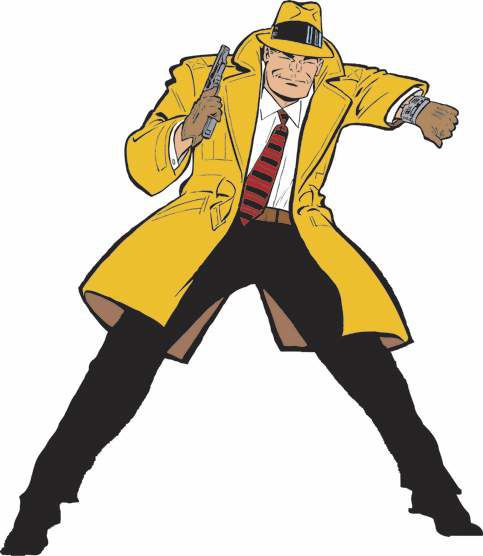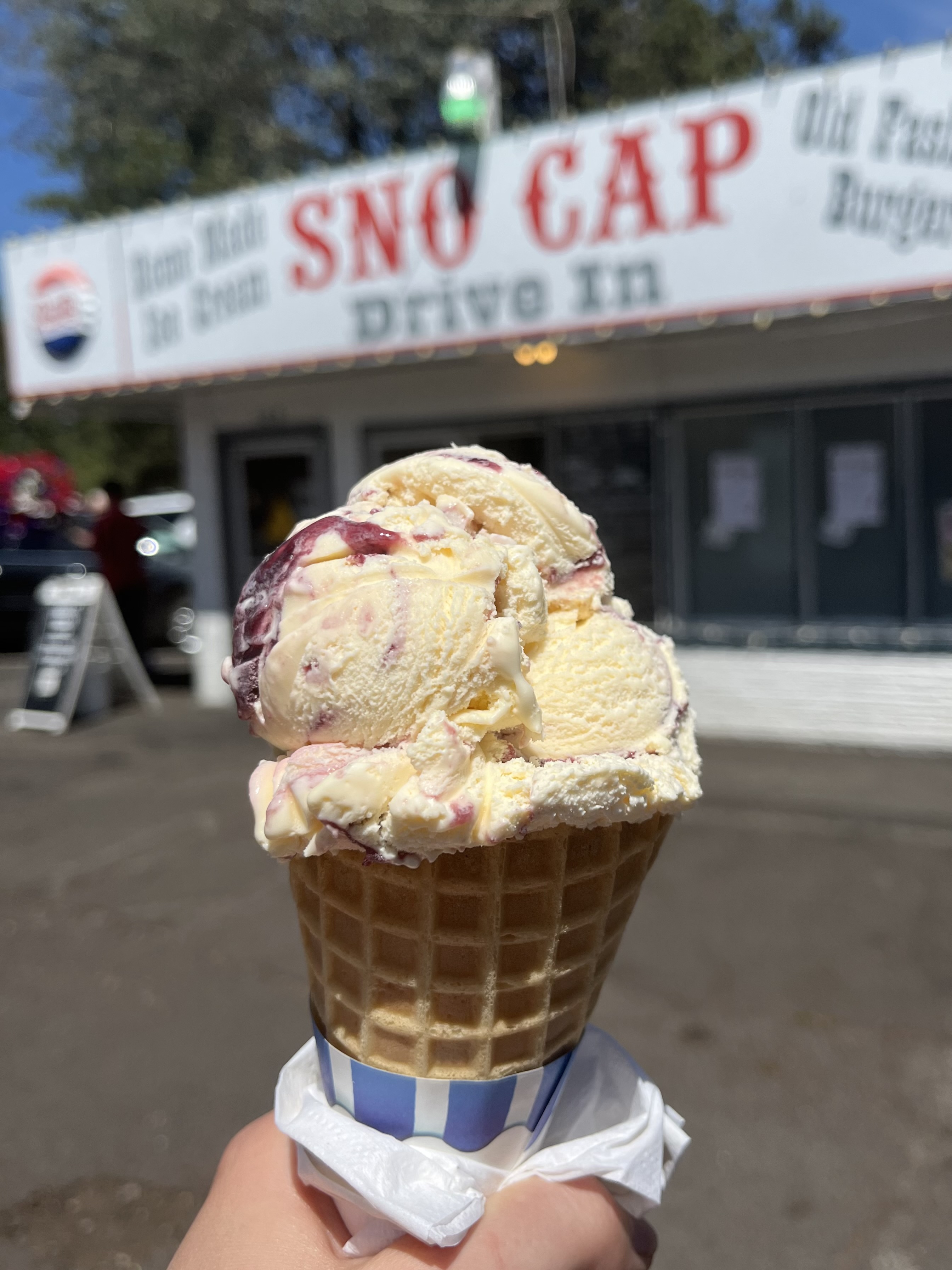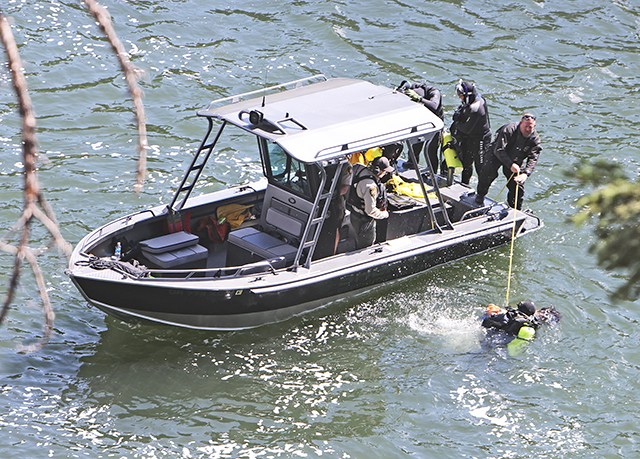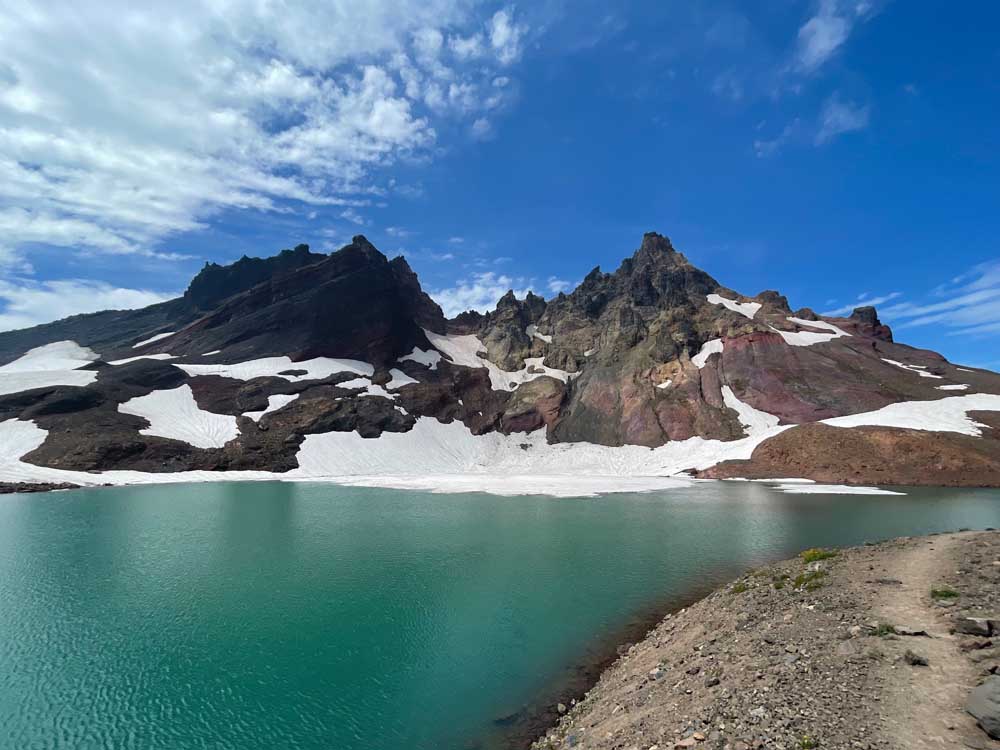A good time for trench coats
Published 5:00 am Wednesday, October 6, 2010

- The fictional Dick Tracy helped cement the coat's association with detectives.
There are few looks as iconic as the trench coat.
The trench coat, generally a knee-length rain coat with military detailing, a double-breasted, button enclosure and a belted waist, has endured in the annals of style for decades.
Trending
Why does it endure? Perhaps because for many men and women, the trench coat hits several desirable notes all at once: It’s chic, it’s utilitarian and it’s even a little sexy.
Early trench days
The history of the trench coat goes back to the early decades of the 20th century.
Most credit Thomas Burberry as the creator of the trench coat, though there’s some debate on that point. Doubtless, Burberry was enlisted by the top brass of the British military to create a coat that would keep soldiers warm and dry.
Beth Dincuff, an adjunct professor of fashion history at Parsons The New School for Design in New York said that at the time Burberry was commissioned, others, including the British company Aquascutum, were making what we now think of as trench coats, but it’s Burberry that gets the credit of history.
The name of the coat comes from the style of fighting that epitomized World War I: trench warfare.
Trending
The trench coat was made of gabardine, a material Burberry had developed in the late 1800s. According to a 1989 Chicago Tribune story on the history of the trench coat written by Claire Streeter, the raincoat, which was originally called a “slip-on,” allowed for ventilation through the fabric, making it a dramatic improvement over its rival at the time, the mackintosh.
The mackintosh (over time this coat’s name has come to be spelled differently from its maker’s, Charles Macintosh) was made with fabric coated with a special mixture of rubber and coal tar. Although it was so waterproof it could double as a bathtub, it was stiff and had an unpleasant odor.
Burberry’s trench coat was designed to be worn over a military uniform. It was primarily intended for officers, though it wasn’t required, and it was also available for sale to all soldiers. The trench coat was an optional item, but it proved popular.
“By the end of the war, half a million men wore the trench coats,” Streeter wrote.
As soldiers returned home from war, Dincuff said, they continued wearing the trench coats.
“Especially in that time of scarcity after the war, you are going to wear this coat over and over again,” she said.
By World War II, many other armies, including the U.S., had adopted a trench-style coat. The coats had also become popular outside the military, and they were soon adopted by women.
Unisex outerwear
Dincuff said there were a number of reasons women adopted the trench coat. In some ways, it was about style.
“By the 1940s, women are starting to wear more masculine clothing, like a stronger-shouldered suit,” Dincuff said.
Also, during the shortages of World War II, it was considered patriotic to conserve. Dincuff said many women would re-purpose their husband’s clothes into clothes for themselves. They might make men’s trousers into a skirt, or tailor themselves a coat out of their husband’s garments. The adoption of masculine garments was also supported by a large-scale movement of women into the work force as men went off to fight.
“Women were stepping into roles that men traditionally filled,” she said. “Women were working as factory workers, women were working as farmers, as drivers. Any type of traditionally male-dominated career was being taken over by women, and designers responded.”
Trench goes pop
By mid-century, pop culture had adopted the trench coat and taken it away from the muddy trenches of WWI. Memorably, Humphrey Bogart paired the coat with a fedora and a flipped-up collar in the romantic 1942 film “Casablanca.”
The coat also came to be identified with detectives, including Dick Tracy and the bumbling Chief Inspector Jacques Clouseau of the Pink Panther series.
“I think it’s interesting because it’s become a symbol for a lot of different things that it no longer functions for,” said Hersha Steinbock, an instructor at School of Fashion at Academy of Art University in San Francisco.
“It’s got all sorts of twists and turns in terms of its function.”
“It became really sexualized in the ’60s, I think,” she said. “You think of it sort of with a dark side, where people run around in trench coats and there’s nothing underneath,” she said. In some characterizations, the person in the trench coat might be a woman who wants to surprise her lover; in others, it may be a flasher on a darkened street corner.
But there are even darker elements to the trench coat mythology, especially when the trench coat is black.
The dark side
“Any kind of Hollywood interpretation of Nazi soldiers, the officers are always in black leather trenches,” Dincuff said.
She said that it’s the edginess associated with black trench coats may be what drove the goths of the late 1980s and 1990s to adopt a black version of a relative of the trench coat, the duster.
She described dusters as similar to the trench coat, but less fitted, and often only single-breasted.
“It’s very big when people start driving cars,” she said. “The first automobiles are almost all convertible, and the roads are dusty, and you have to crank your car, so you want a big smock or duster over you.”
The image of the trench coat was sullied by the horrific 1999 Columbine High School attack after media reports came out that the two high school shooters called themselves members of the “Trenchcoat Mafia.” The name came from a group of gamers at the school who wore long black dusters. Media reports also suggested that the shooters hid their weapons in their long coats on their way to the massacre.
Steinbock said in the long term, she doesn’t think the negative associations from that violence have hurt the status of the trench coat.
“I really don’t think it has in any way,” she said. “That’s not something that was on my radar screen, it’s not come up in the style tribes and subcultures.”
Enduring appeal
There can be a certain edge to the trench coat, but today that edge is balanced with the coat’s stodgy British roots. A trench coat can be appropriate for a businessman, an older woman walking in the park, a mother or a dominatrix.
“It’s been repurposed and reconstructed and reintroduced,” Steinbock said. “It has lost its attachment to its original meaning.”
She said there are so many variations on the design already, it’s hard to say what still counts as a trench coat. If you remove the epaulets and make it single-breasted, is it still a trench coat? She said she’s even seen variations on trench coats that were sleeveless, short, jacket-weight or even blouse-like.
What’s most interesting about the trench coat, she said, is where it might go in the future.
“It’ll be interesting to see what happens to fiber, with new fibers and new fabrics. It might make it something that keeps you warm while being really lightweight,” she said, or “we might not need those things. With global warning and temperatures rising, it may take some completely different form.”
One option Steinbock didn’t consider? That the trench coat might disappear from popular fashion.
“I don’t think it’s going to go away. It’s part of the culture of outerwear; it’s an important anchor,” she said.
“It’ll always get a new twist.”
Looking to buy a trench coat?
If you’re looking for the (arguable) original, a Burberry trench coat, be prepared to get out the platinum card: Burberry trench coats start at about $700 at online retailers like Nordstrom.com. You can also shop Burberry.com, where you can buy a women’s double-breasted silk lace trench coat for $3,595. A classic men’s trench on the site will run you $2,195 — but hey, shipping’s free (for a limited time, it appears).
The Bend Macy’s has a couple of women’s trench coats for sale, including a classic London Fog trench for just less than $100 and a DKNY trench, also about $100. The local store didn’t carry men’s trench coats, but a similar style (sans belts and shorter than a traditional trench) are available on the Macy’s website for less than $100.
Several other shops in Bend are carrying women’s trench coats right now, including Dress Barn ($60), White House Black Market ($178) and Hot Box Betty ($125-$150).
Robert’s on Wall Street carries men’s trench coats, but owner Brett Mellon said that they sell few because “it doesn’t rain that much here.” Men’s trench coats at the store are priced from about $325 to $500.








